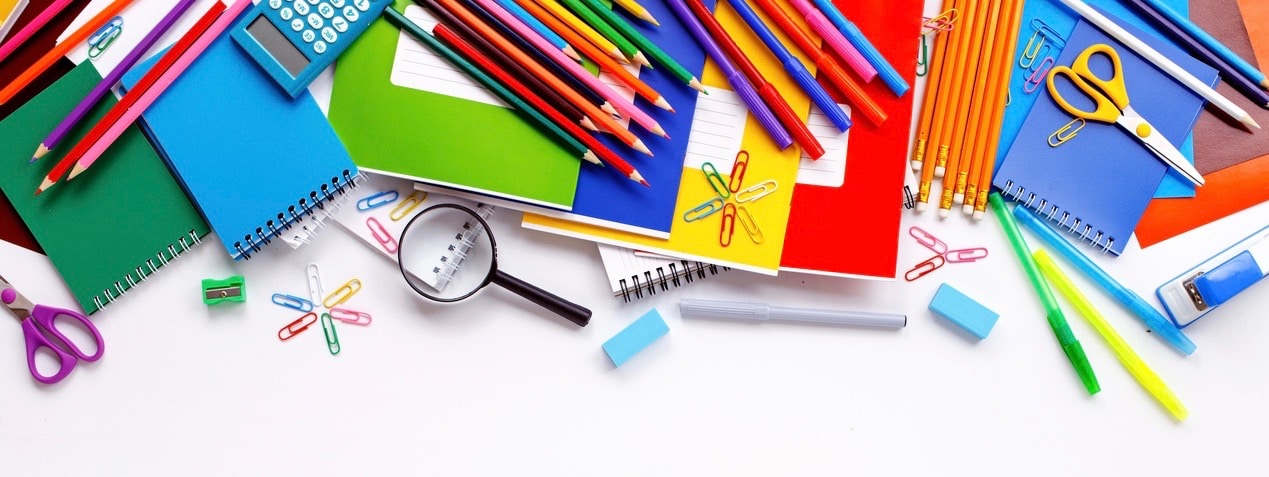New back-to-school research for households with school-age children (pre-school through 12th grade) indicates that parents plan to spend more this year—a combination of rising consumer confidence and consumer smarts—as well as when they’re spending.
Consumers signaled a 6-percent increase, over two different waves of buying, with an anticipated average spend of $716.00 (versus $675 in 2016), according to the 23rd annual survey conducted by brand loyalty and emotional engagement research consultancy Brand Keys.
Consumers adapt to retail strategies
“Smart, connected consumers keep getting smarter,” said Robert Passikoff, founder and president of Brand Keys, in a news release. “They are on to 21st century retail strategies and are taking more and more advantage of their knowledge.”
Retailers have taught consumers four things that govern their purchase behavior generally, and specifically for back-to-school:
- Retailers have started marketing for occasions like back-to-school earlier and earlier.
- Prices start at very low levels, increase over time, and then drop down to lowest prices available.
- Deals are always available if you look hard enough.
- It makes sense to shop very early, and then as late as possible.

Consumers are shopping differently this year
This year, Brand Keys used a longitudinal sample with survey results gathered for the same respondents twice over the period of time from June 19th through August 11th to monitor back-to-school spending. The research revealed two, distinct waves of anticipated consumer purchases.
First, early consumer spending focused generally on supplies, e.g., copy paper, notebooks, writing implements, printer cartridges, ink and toner, computers, electronics, and calculators. Those purchases accounted for 41 percent of this year’s anticipated average spend.
The second wave of later spending is anticipated to take place in August through the start of the school year. “According to consumers, that 59 percent of 2017’s average anticipated spend has been predominantly budgeted for clothing, shoes (athletic and dress), books and study aids,” said Passikoff.
Top 5 retailers and etailers by shopping wave
Here’s where consumers indicated they were shopping, early and later in the season:
Wave 1: Early
- com
- Walmart
- Staples
- Target
- Apple/Best Buy
Wave 2: Later
- com
- com
- Best Buy.com
- Nike
- TJ Maxx/Macy.com
“While the past few years have proved this finding, this year’s back-to-school marketplace further confirms that Amazon.com has become consumers’ default shopping platform—whether early or late in the season,” said Passikoff.
Anticipated category spends are all up
“Echoing an increase in consumer confidence, purchase timing notwithstanding,” said Passikoff, “Average anticipated spending in all major back-to-school categories is up compared to last year, representing a 6 percent increase YOY.”
- Clothing: $216.00 ( +3 percent)
- Shoes (athletic & dress) $119.00 ( +5 percent)
- Supplies $ 97.00 ( +5 percent)
- Computers/Electronics/Tablets/Smartphones: $198.00 (+10 percent)
- Books/Study Aids $ 26.00 ( +5 percent)
Online is consumers’ shopping default mode
Consumers use all purchase platforms, with online and discount retail being preferred. The biggest increases as to where to buy though appeared in Department Stores (+8 percent) and Office Supplies (+7 percent). “Department stores have been battling the consumer shift to online with lots of deals,” said Passikoff.
“Catalogs were down again in mentions, but that shouldn’t surprise anyone,” Passikoff added. “Consumer purchases have shifted from print to digital, and online has been growing every year. It’s consumers’ shopping default mode.” Virtually every consumer interviewed (99 percent) indicated they were using online for back-to-school buying during both early and later shipping.
- Online: 99 percent (+4 percent)
- Discount Stores: 98 percent (+2 percent)
- Department Stores: 69 percent (+8 percent)
- Specialty Retailers: 55 percent (+5 percent)
- Office Supply: 43 percent (+7 percent)
- Catalogs: 6 percent (-1 percent)
Value is more than prices
“Value, of course, isn’t just about pricing, it’s about brand differentiation and brand engagement,” said Passikoff. “Retail brands that can emotionally engage consumers are seen as surrogates for added-value and those will be the brands that benefit most over the three-and- a-half months that now make up the back-to-school marketplace.”
“These days, providing more than just low-lower-lowest prices is a fundamental lesson all back-to-school retailers need to cram for if they hope to pass with flying colors,” Passikoff concluded. “Retailers that do that will not only win with more engaged customers, they’ll see increased bottom lines too.”
The survey included assessments from 8,082 households drawn from the nine U.S. Census regions. Interviews were collected over the periods June 19th through July 14th 2017 and July 24th through August 11th.



